Highlights
- Short Annapurna Base Camp is perfect for you if you want to explore Nepal’s Himalayas in a limited time.
- The route to Annapurna Sanctuary is through rhododendron and bamboo forests, stone houses, local villages.
- The trek is in the Annapurna Conservation Area, so wildlife can surprise you any time on the trail. You can see Langoors, birds, pandas, and even a Himalayan goat if you’re lucky.
- You’ll reach Machhapuchhre Base Camp (MBC) before Annapurna Base Camp (ABC). Can visit two base camps in one trek.
- Watching the beautiful sunset and sunrise at Annapurna Base Camp is majestic.
- Relax in the Natural hot springs at Jhinu Dadaafter the trek. Your body feels good.
- Interact with Gurung and Magar villages. Their food, songs, culture, and hospitality. You feel like part of the family.
Short Annapurna Base Camp Trek Overview
If you are short on time, but still want a Himalayan refreshment, then the Short Annapurna Base Camp Trek is the best option. In just 5-6 days you’ll make your dream come true. It is the best way to save your time and recharge your soul at the same time.
This 6-day Annapurna Base Camp starts from Matkiu Village, which is 3 hour drive from Pokhara. And this is exactly from where our trek begins. This trek is not too easy, not too brutal. Both beginners and experts can do this trek. The trail takes you through dreamy rhododendron forests, local Gurung and Magar villages with stone houses, and rocky mountain paths. On the way, you’ll also see stunning Himalayan peaks. So close. So big. Those mountains can make your heart skip. And while descending, the best feeling is in Jhinu Danda, where your body feels warm and relaxed in the natural hot spring after a tiring trek.
Arriving at Annapurna Base Camp (ABC) at 4,130m is the moment you have waited for, which is the final destination of the trek. Every step you took feels worth it now. Annapurna I, Annapurna South, Hiunchuli,Machhapuchhre, all surround you. They have jaw-dropping beauty and feel unreal. Sunrise in ABC is so beautiful. The mountain turns golden and pink. It is something that only your eyes can capture, and no photos can do justice to it. It’s not just a sunrise, it’s the celebration of the journey, the effort, and the reward.
ABC is truly one of the best treks in Nepal. It is more than just a trek. It touches your spirit. When you’re up there, you’ll forget about the world you came from. You just stand, breathe, and watch. Then you realize this wasn’t just a trek. It was a journey you’ll carry for a lifetime.
What is the best time for the Short Annapurna Base Camp Trek?
The best time for the Annapurna Base Camp trek is during the Spring and Autumn seasons. In spring, from March to May, the trail is full of rhododendron and wildflowers. It is the best season for photography. Days are warm and nights are pleasant during this season.
In autumn, from September to November, the season offers clear skies, fresh air, and everything feels alive. You’ll get the best views of the mountains. Days are warm, but nights get a little cold.
Nowadays, people prefer to go ABC trek in December. You can go in winter, i.e., December to February, if you can bear the cold. Trekkers must be well prepared with proper gear if they are planning to go in winter. There is less crowd, and one of the best scenes is seen during this season.
Avoid the monsoon seasons, from June to August, due to heavy rainfall and slippery paths.



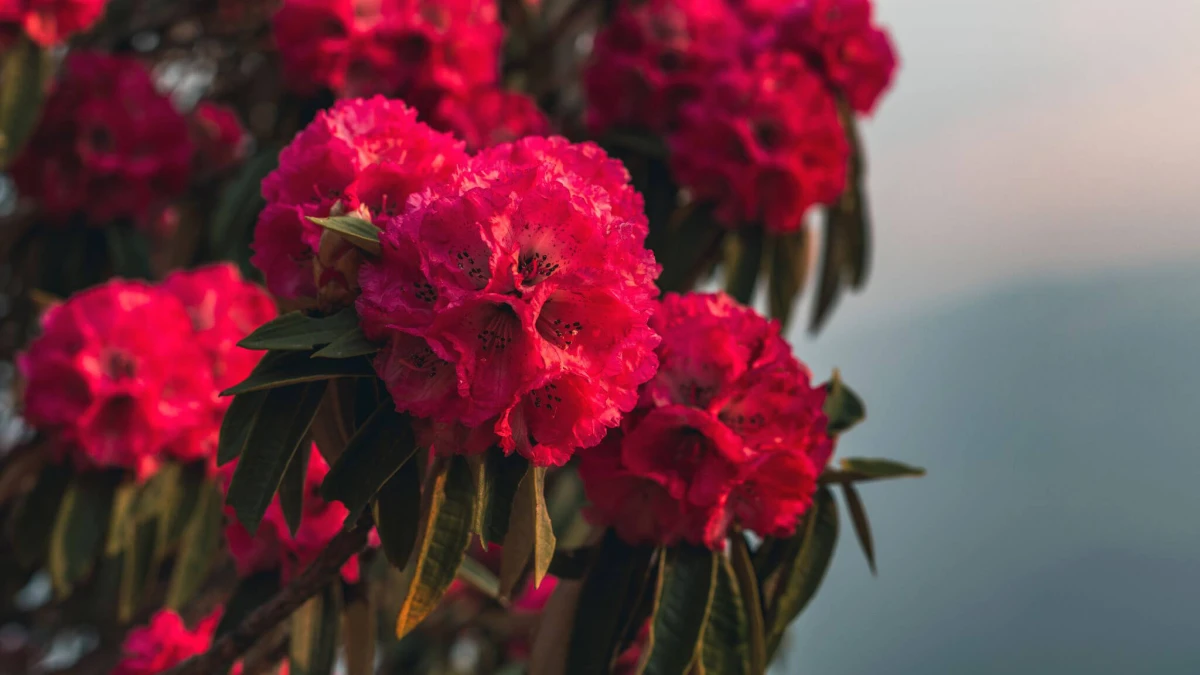
.webp)
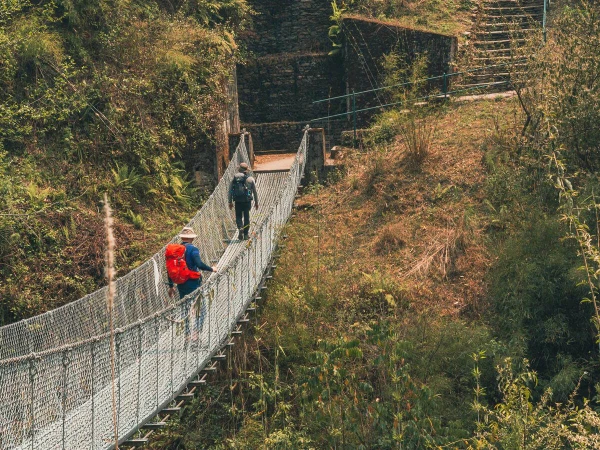
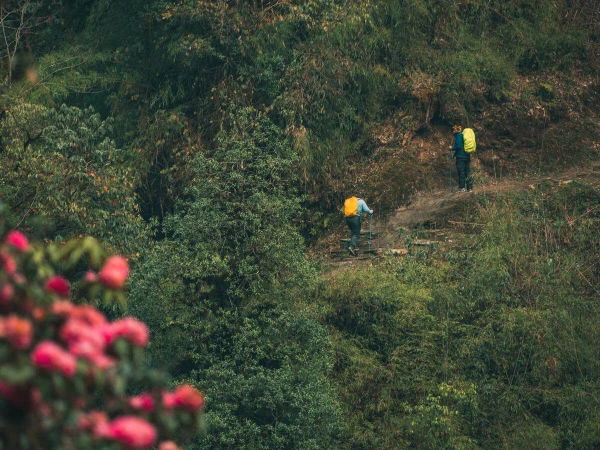
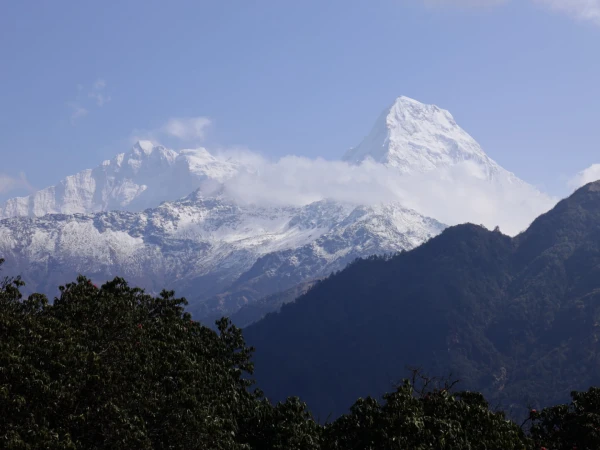
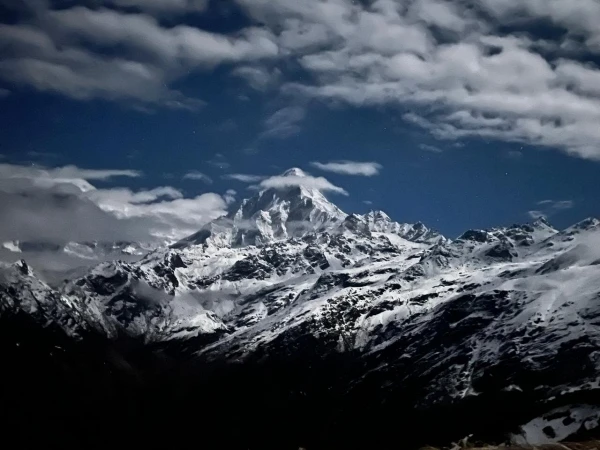
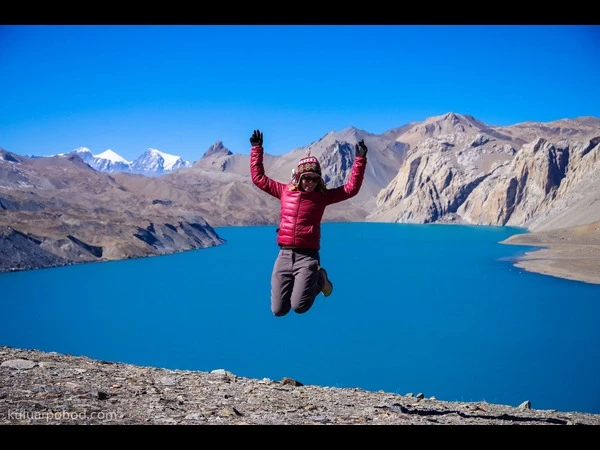
.webp)